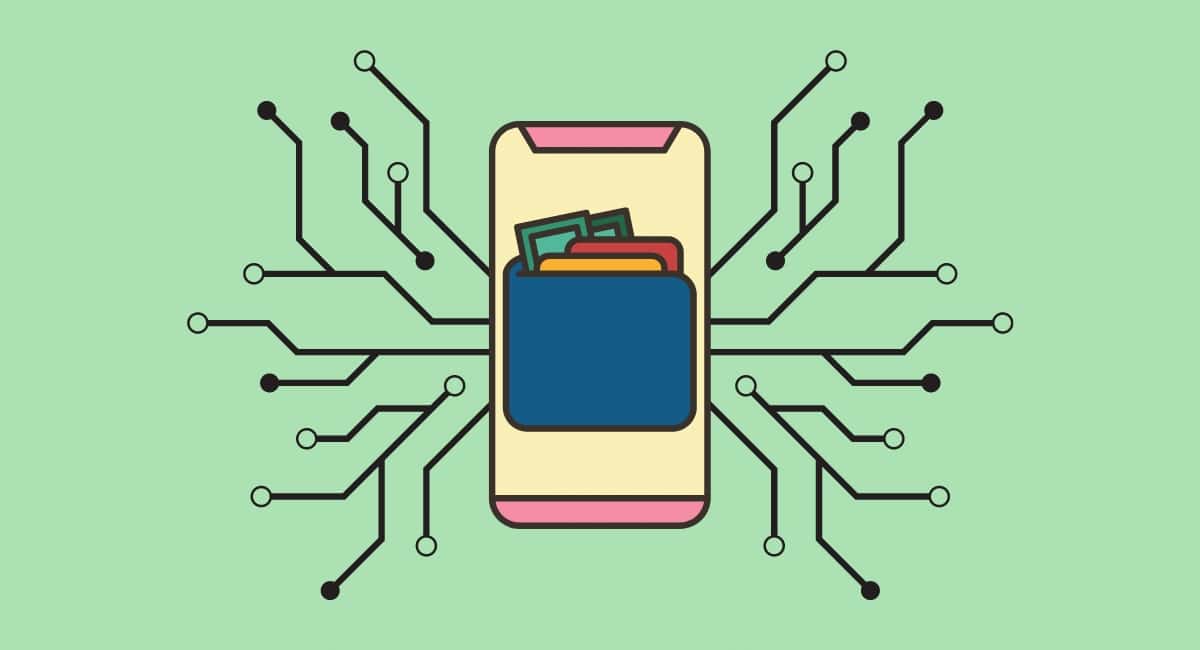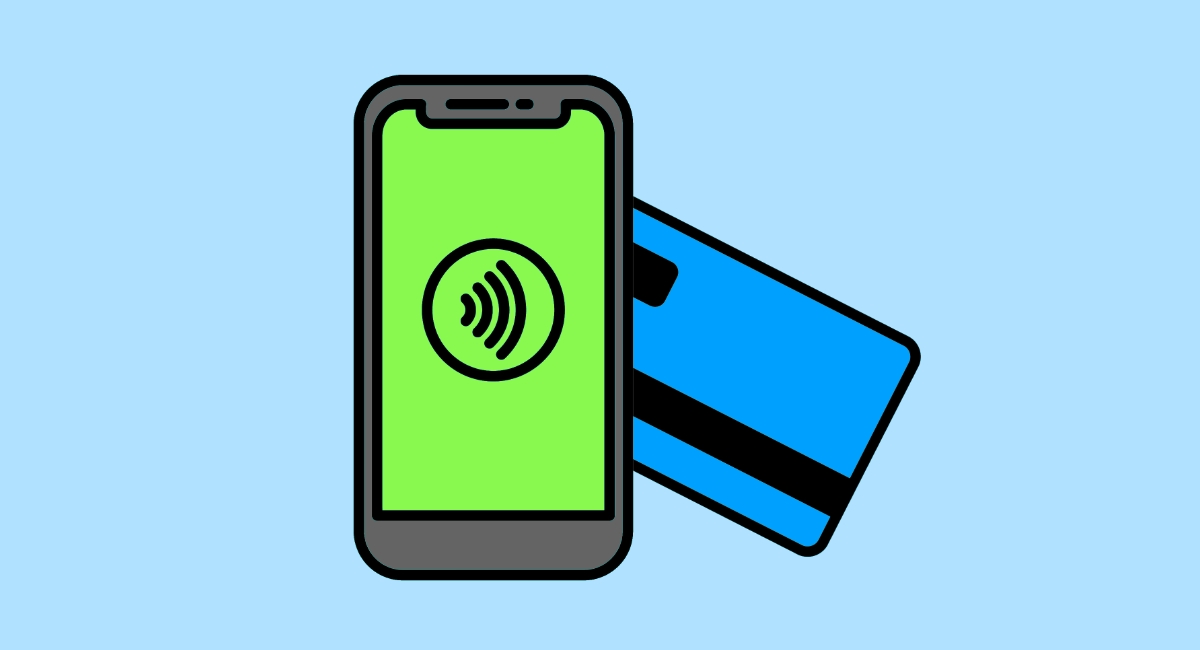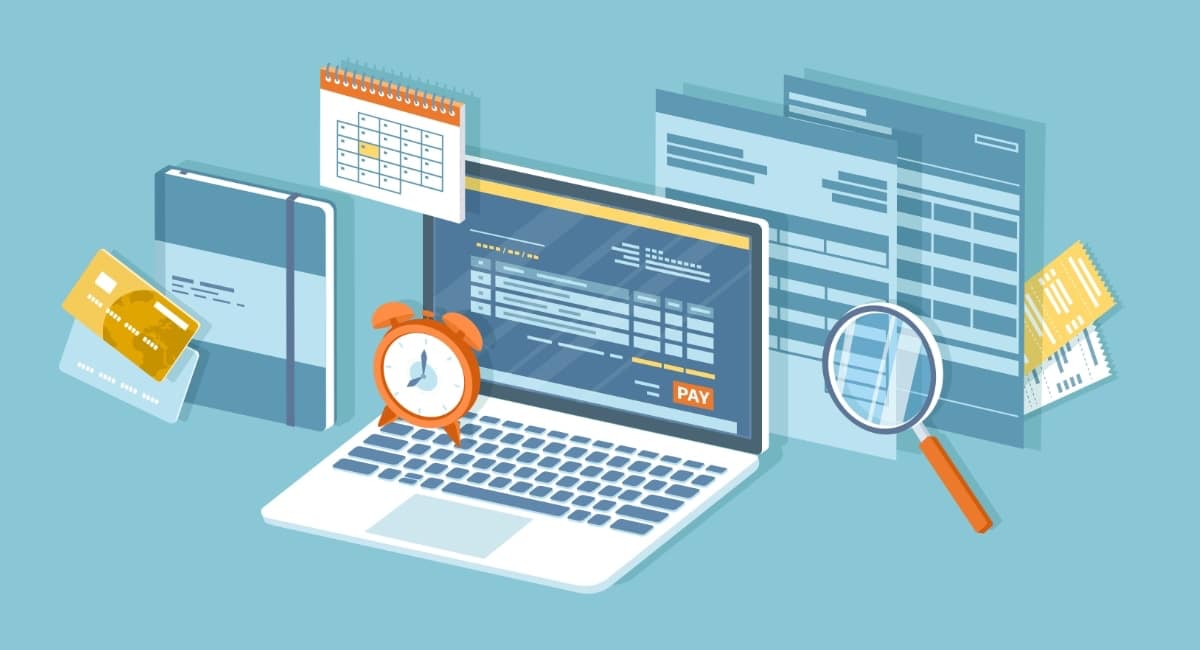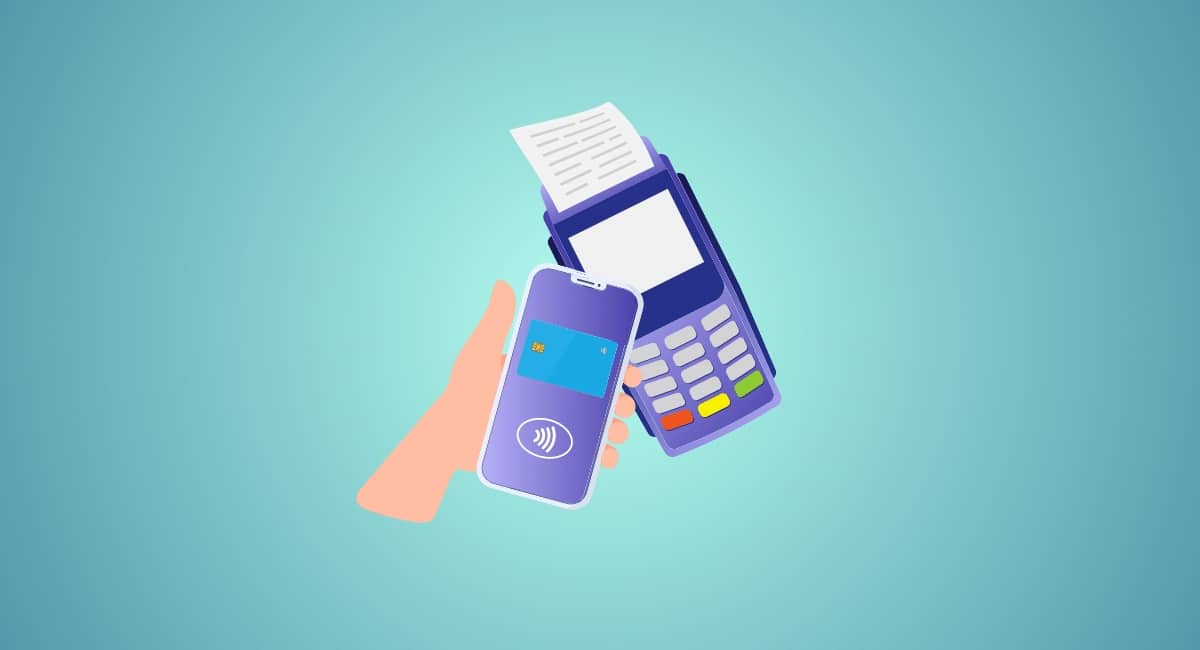The emergence of cryptocurrency invigorated the discussion of digital money, but it has actually been around since payment systems first went online.
Simply put, digital money is all digitally stored currency and money, as distinguished from physical coins and banknotes (cash). This includes the money in your current account, on credit or debit cards, and all the cryptocurrencies available today.
If the money is not physical cash, it’s stored digitally. You could refer to it as virtual currency, electronic money (e-money for short) or your account balance.
Let’s look at how e-money works, the different types and how it differs from cash.
How digital money works
Most people routinely use digital money without realising it. Today’s payment and banking systems function over the internet, whether the transaction happens in a bank, app or web browser. Even in-store card machines need WiFi, a mobile network or wired broadband to process a plastic card payment.
This means the following everyday products use money digitally for transactions:
- Credit, debit and prepaid cards
- Mobile wallets (storing a virtual card or virtual money)
- Bank accounts and online current accounts
The money stored in these accounts, e-wallets and cards participate in a global payment system ensuring no one spends the same money more than once, and that the correct amount of money belongs to the correct owner at all times.
Consequently, digital money is more like a ledger system between banks, card issuers and card networks such as Visa and Mastercard, with a series of authorisations and messages pinging between them when a transaction occurs. This results in a debit in the payer’s account and credit for the recipient each time money is moved via a card transaction, bank transfer, Direct Debit or other everyday transaction.
So money is not physically moved like a parcel sent across the internet. Digital transactions, like described above, are more like account entries, continually updated through centralised databases when money is spent or received.
Types of digital money
As technologies have advanced, so has the variety of ways virtual money is issued, stored and validated.
In fact, there are broadly these types of digital currencies operating inside or outside traditional banking systems:
- Money in current accounts, backed up by the bank’s or e-money institution’s acknowledgement of debt and obligations to safeguard it.
- Privately-issued virtual currencies for use in a closed system (e.g. gaming tokens) or across platforms (i.e. exchangeable with other currencies).
- Central bank digital currencies (CBDCs) issued by a government with an identifiable code, like fiat money (notes and coins) with a serial number.
- Cryptocurrencies and non-fungible tokens (NFTs) existing on a blockchain using computer algorithms to verify, record and encrypt transactions.
NFTs and cryptocurrencies like Bitcoin and Ethereum are not centrally linked with banks like CBDCs and debit cards. They are instead recorded in ‘blocks’ of transaction data cryptographically linked (hence the blockchain) and stored on decentralised, private computer networks and servers.
The value of many cryptocurrencies can be erratic and unpredictable, except for stablecoins that align with traditional currencies but without the central governance of banks or another authority.
While a cryptocurrency like Bitcoin is fungible – i.e. all Bitcoins are alike – a non-fungible token has a unique identifier so it cannot be copied, replaced or broken down. An NFT is generally purchased to claim ownership of digital assets like artworks or video clips online.
Digital vs physical money
Digital money is an umbrella term covering all forms of non-physical currency used online or on electronic devices. Should you need it, a debit or prepaid card allows you to convert it into cash – or fiat money – through an ATM withdrawal.
Fiat money is government-issued money (such as coins and banknotes) that is not backed up by gold or another physical commodity to prove its value. Rather, the government regulates its value by controlling its supply and thereby inflation.
Some government-issued notes and coins may also be classed as legal tender which, by law, is sufficient for settling debt in that country. Digital money, in contrast, does not qualify as legal tender, although it is a legal currency in most cases.




